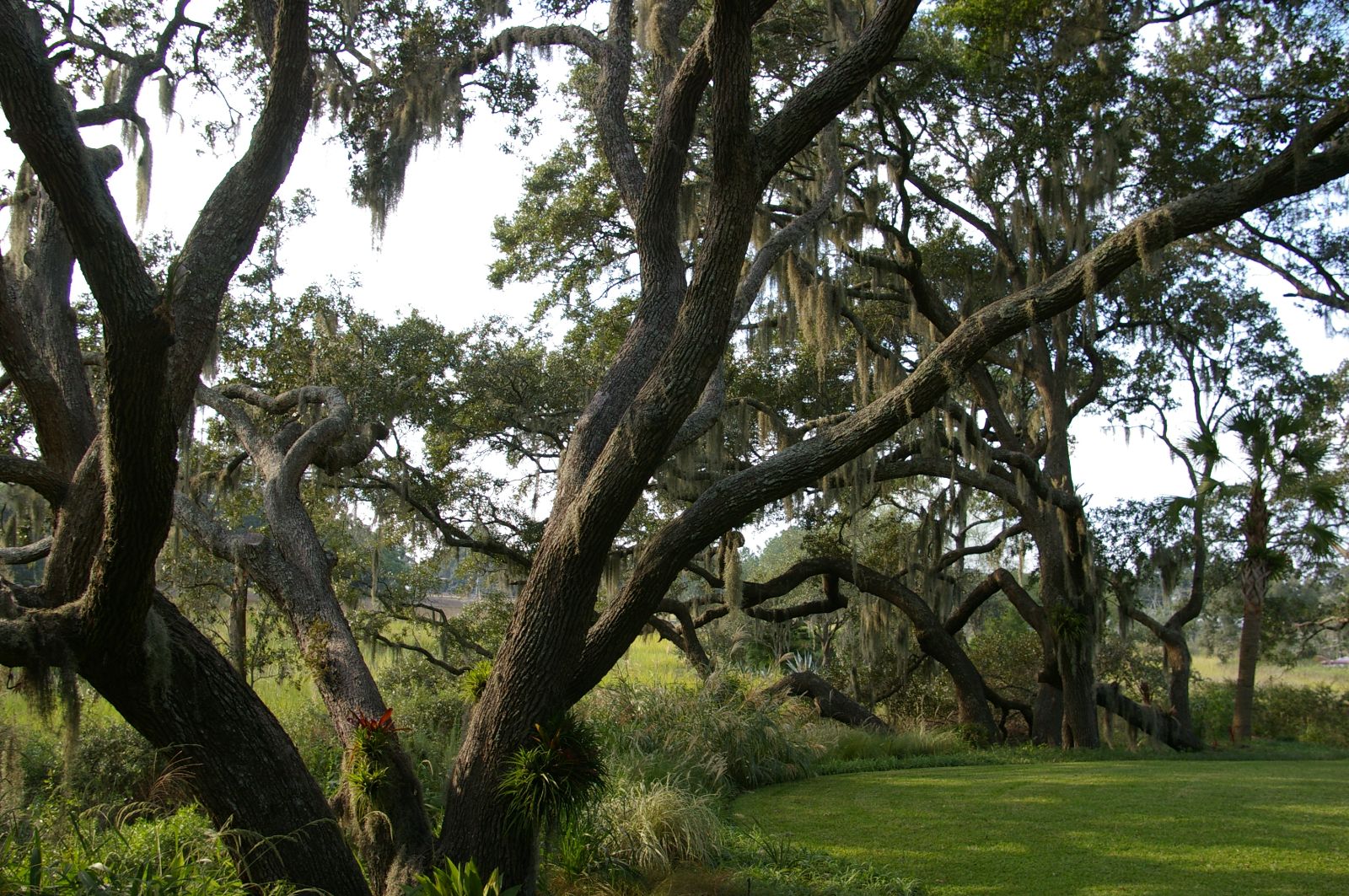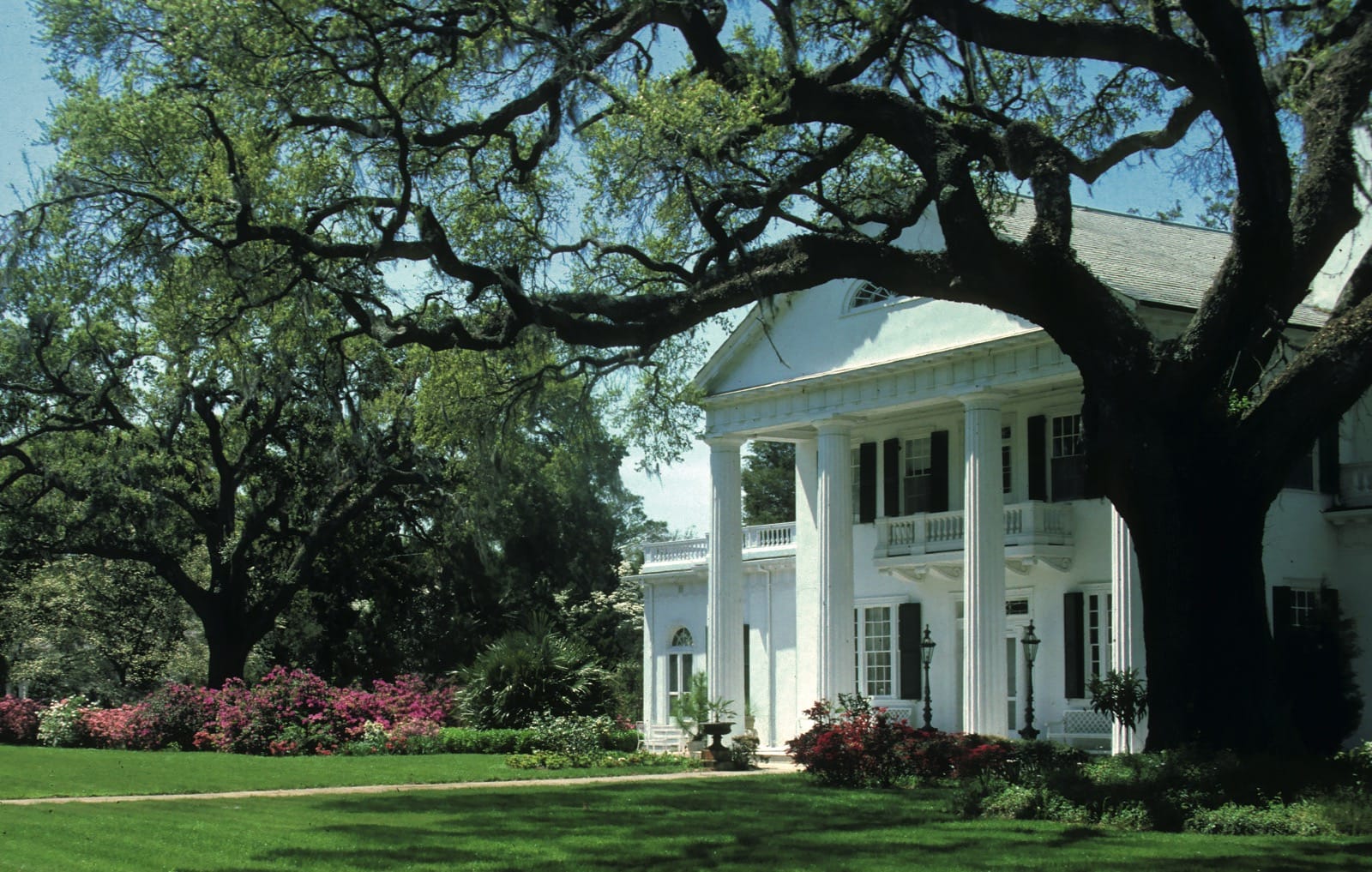Quercus virginiana
Sponsor
Kindly sponsored by
The Trees and Shrubs Online Oak Consortium
Credits
Article from New Trees by John Grimshaw & Ross Bayton
Recommended citation
'Quercus virginiana' from the website Trees and Shrubs Online (treesandshrubsonline.
Genus
- Quercus
- Subgen. Quercus, Sect. Quercus
Common Names
- Southern Live Oak
Other taxa in genus
- Quercus acerifolia
- Quercus acherdophylla
- Quercus acrodonta
- Quercus acuta
- Quercus acutifolia
- Quercus acutissima
- Quercus afares
- Quercus affinis
- Quercus agrifolia
- Quercus alba
- Quercus aliena
- Quercus alnifolia
- Quercus aquifolioides
- Quercus arizonica
- Quercus arkansana
- Quercus aucheri
- Quercus augustini
- Quercus austrina
- Quercus × auzendei
- Quercus baloot
- Quercus bambusifolia
- Quercus baronii
- Quercus bicolor
- Quercus brantii
- Quercus buckleyi
- Quercus canariensis
- Quercus canbyi
- Quercus candicans
- Quercus castanea
- Quercus castaneifolia
- Quercus cerris
- Quercus chenii
- Quercus chrysolepis
- Quercus coccifera
- Quercus cocciferoides
- Quercus coccinea
- Quercus conspersa
- Quercus crassifolia
- Quercus crassipes
- Quercus delavayi
- Quercus dentata
- Quercus deserticola
- Quercus dolicholepis
- Quercus douglasii
- Quercus dumosa
- Quercus durifolia
- Quercus eduardii
- Quercus ellipsoidalis
- Quercus emoryi
- Quercus engelmannii
- Quercus engleriana
- Quercus euboica
- Quercus eugeniifolia
- Quercus fabri
- Quercus faginea
- Quercus falcata
- Quercus floribunda
- Quercus frainetto
- Quercus franchetii
- Quercus fruticosa
- Quercus fusiformis
- Quercus gambelii
- Quercus garryana
- Quercus geminata
- Quercus georgiana
- Quercus germana
- Quercus gilliana
- Quercus gilva
- Quercus glabrescens
- Quercus glauca
- Quercus graciliformis
- Quercus gravesii
- Quercus griffithii
- Quercus grisea
- Quercus guyavifolia
- Quercus hartwissiana
- Quercus hemisphaerica
- Quercus × hispanica
- Quercus hondae
- Quercus hypargyrea
- Quercus hypoleucoides
- Quercus ilex
- Quercus ilicifolia
- Quercus imbricaria
- Quercus incana
- Quercus infectoria
- Quercus insignis
- Quercus ithaburensis
- Quercus kelloggii
- Quercus × kewensis
- Quercus kiukiangensis
- Quercus laceyi
- Quercus laevis
- Quercus lamellosa
- Quercus lanata
- Quercus lancifolia
- Quercus laurifolia
- Quercus laurina
- Quercus × leana
- Quercus leucotrichophora
- Quercus × libanerris
- Quercus libani
- Quercus lobata
- Quercus lobbii
- Quercus lodicosa
- Quercus longinux
- Quercus longispica
- Quercus look
- Quercus × ludoviciana
- Quercus macranthera
- Quercus macrocalyx
- Quercus macrocarpa
- Quercus macrolepis
- Quercus marilandica
- Quercus mexicana
- Quercus michauxii
- Quercus mongolica
- Quercus monimotricha
- Quercus montana
- Quercus morii
- Quercus muehlenbergii
- Quercus myrsinifolia
- Quercus myrtifolia
- Quercus nigra
- Quercus × numidica
- Quercus oblongifolia
- Quercus obtusata
- Quercus oglethorpensis
- Quercus oxyodon
- Quercus pagoda
- Quercus palmeri
- Quercus palustris
- Quercus pannosa
- Quercus parvula
- Quercus petraea
- Quercus phellos
- Quercus phillyreoides
- Quercus planipocula
- Quercus poilanei
- Quercus polymorpha
- Quercus pontica
- Quercus prinoides
- Quercus pubescens
- Quercus pyrenaica
- Quercus rehderiana
- Quercus reticulata
- Quercus robur
- Quercus rotundifolia
- Quercus rubra
- Quercus rugosa
- Quercus rysophylla
- Quercus sadleriana
- Quercus salicina
- Quercus sartorii
- Quercus × schneideri
- Quercus schottkyana
- Quercus semecarpifolia
- Quercus senescens
- Quercus serrata
- Quercus sessilifolia
- Quercus setulosa
- Quercus shumardii
- Quercus sinuata
- Quercus spinosa
- Quercus stellata
- Quercus stenophylloides
- Quercus suber
- Quercus subspathulata
- Quercus tarokoensis
- Quercus tatakaensis
- Quercus texana
- Quercus tomentella
- Quercus trojana
- Quercus tungmaiensis
- Quercus turbinella
- Quercus × turneri
- Quercus undulata
- Quercus utahensis
- Quercus utilis
- Quercus uxoris
- Quercus variabilis
- Quercus velutina
- Quercus vulcanica
- Quercus warburgii
- Quercus wislizenii
- Quercus xalapensis
Tree (rarely shrub) to 35 m, 4 m dbh, trunk stubby and often buttressed, with wide-spreading branches forming a dense rounded crown. Bark dark reddish brown, rough and gnarled, furrowed with square plates. Branchlets pale yellow or grey and minutely pubescent. Leaves evergreen or partially deciduous, (1–)3.5–9(–15) × (1.5–)2–4(–8.5) cm, obovate to oblanceolate, upper surface dark or light green and glossy, glabrous or with a few stellate hairs, lower surface white to glaucous with a dense covering of minute stellate hairs, 6–9(–12) secondary veins on each side of the midrib, margins minutely revolute, entire or with one to three irregular teeth on each side of the leaf, apex obtuse to rounded or acute; petiole 0.1–1(–2) cm long. Infructescence 1–2 cm long with one to three cupules. Cupule hemispheric or goblet-shaped, 0.8–1.5 × 0.8–1.5 cm, base often constricted; scales whitish grey and keeled, tips red and acute. Acorn ovoid or barrel-shaped, with one-third to half of its length enclosed in the cupule, 1.5–2.5 cm long, stylopodium short. Live oak seedlings form a swollen underground tuber and may reproduce clonally, particularly when young. Flowering April, fruiting September (USA). Nixon 1997. Distribution USA: Alabama, Florida, Georgia, Louisiana, Mississippi, North Carolina, South Carolina, Texas, Virginia. Habitat Evergreen woodland and scrub on the Coastal Plain between 0 and 200 m asl. USDA Hardiness Zone 7. Conservation status Least Concern. Illustration Nixon 1997, Sternberg 2004; NT757. Cross-reference K111.
The Live Oak of the American South is a splendid tree with wide-spreading branches that can live to great age: one estimated to be 1200 years old is known at Lewisburg, Louisiana (Landry 2005). It is strongly associated with many of the fine old gardens and parks of the southern states, although there are some who feel that due to a lack of imagination in the horticultural and landscaping trades it has been over-planted and forms almost a monoculture in some places (Ware 1995a). Sternberg (2004) illustrates some magnificent examples, and discusses its cultural and horticultural significance in considerable detail. Its characteristic hoary appearance comes from it often being draped with Spanish Moss Tillandsia usneoides (Ellis 1996), an association that may supply a clue to the poor performance of this oak in areas with cooler, less humid summers. Despite its occurrence as far north as Virginia – and Sternberg (2004) emphasises that for success in such northern areas, northern provenances must be used – Quercus virginiana has never been much use in Europe, where it misses the steamy warmth of its native habitat. The two trees at Chevithorne Barton (the only ones traced in England) are very unhappy-looking, with stunted growth. Michael Heath-coat Amory records that although one had reached 1.8 m in six years it was still 1.8 m at nine years. By 2008, when 12 years old, it had achieved 2 m, and the other 2.3 m (A. Coombes, pers. comm. 2008). The species is a calcifuge (Hillier & Coombes 2002).



